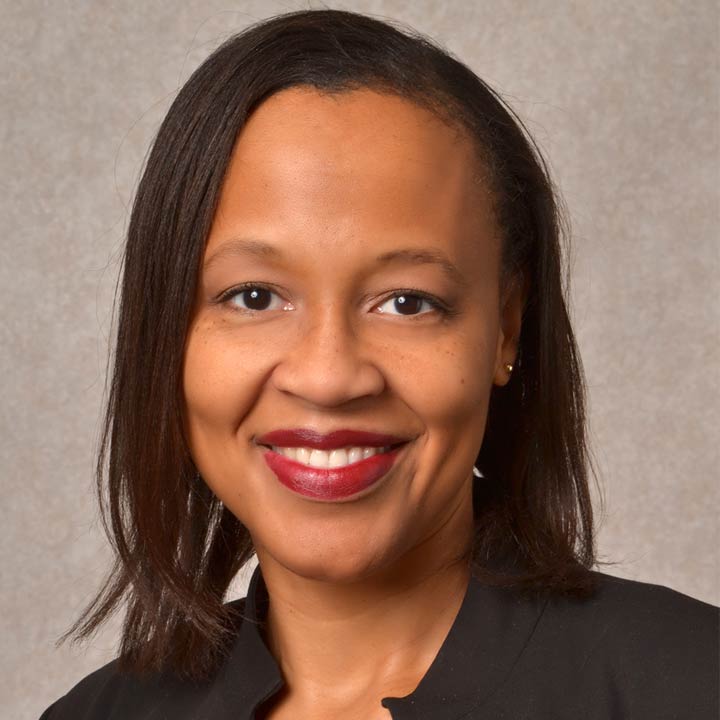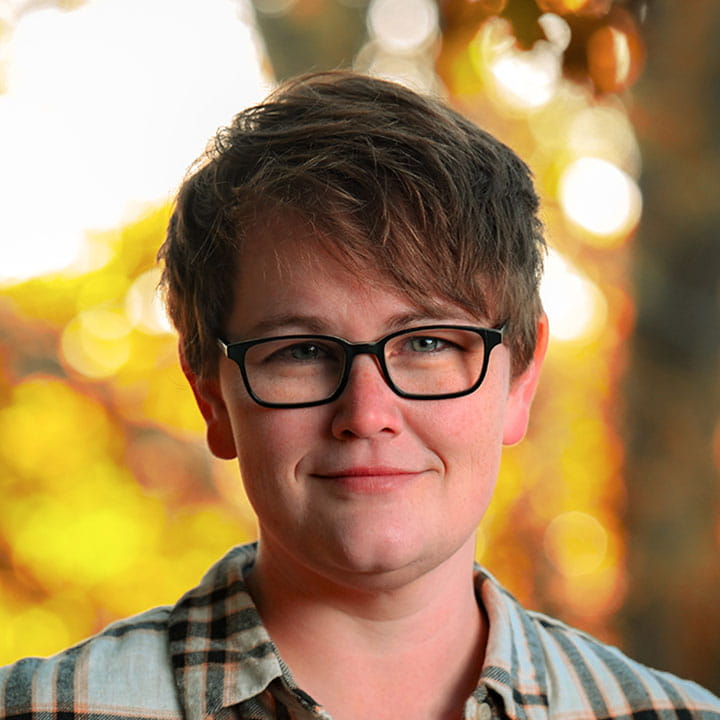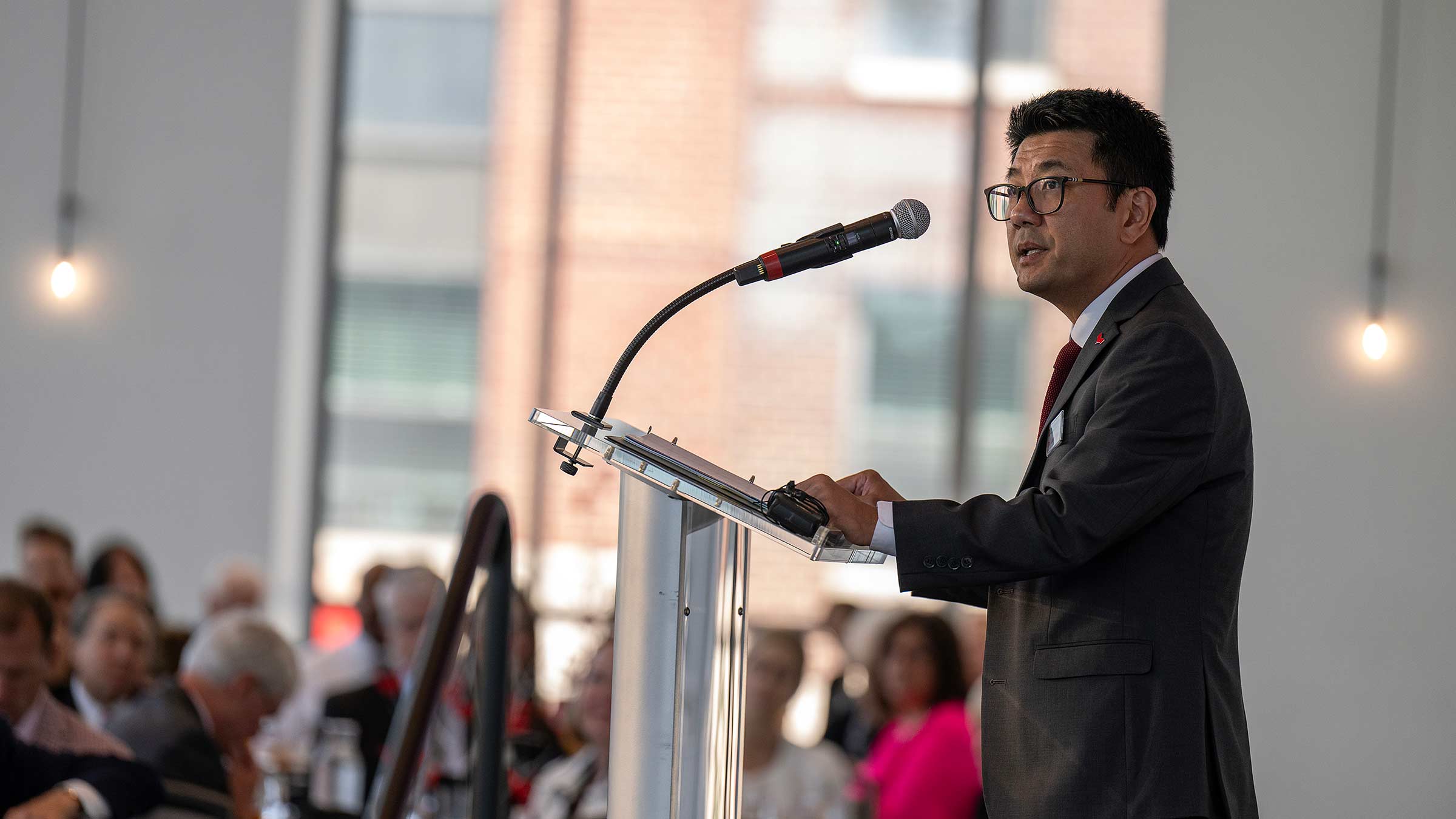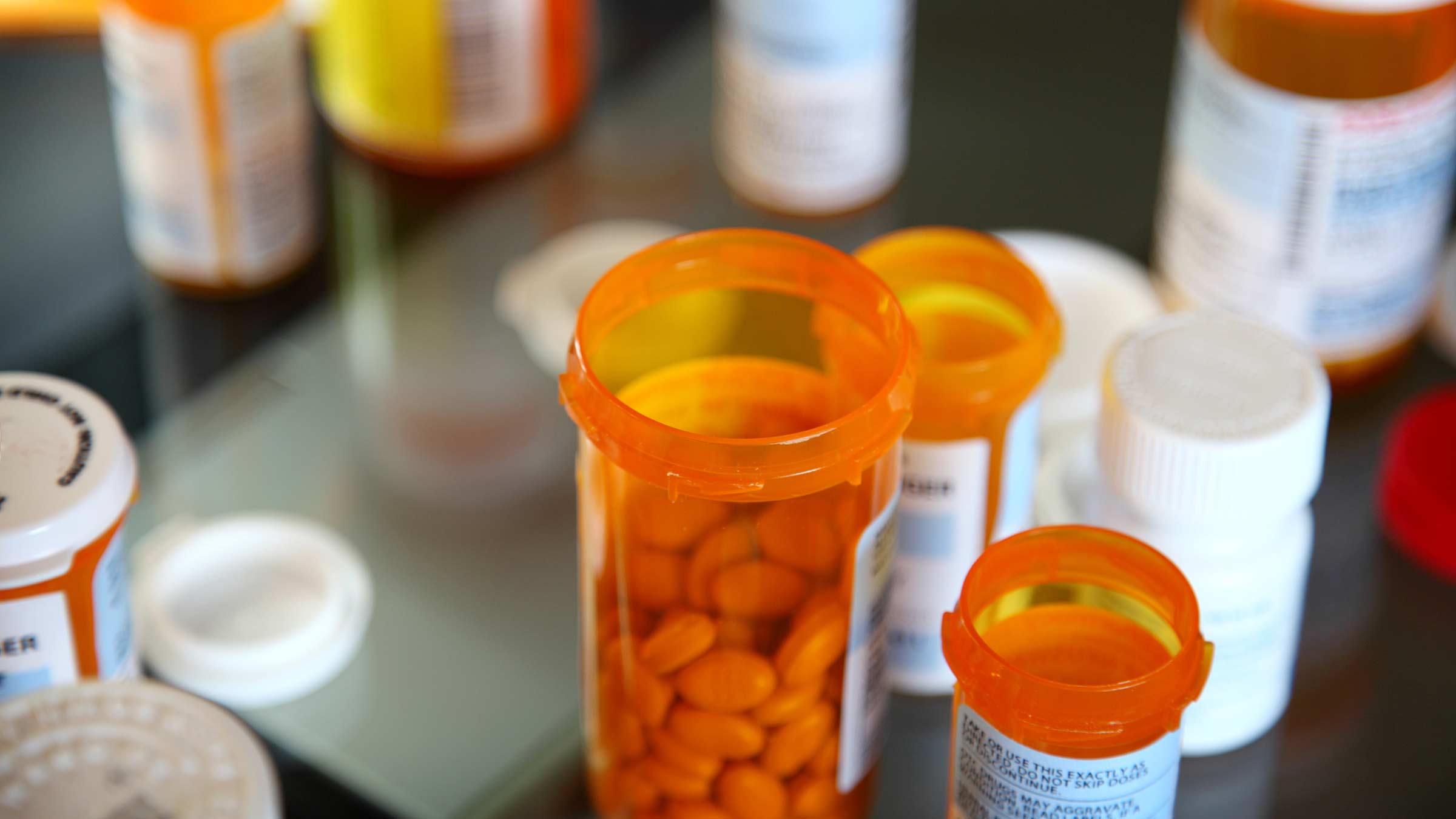
More good Samaritans are using lifesaving naloxone to reverse the effects of opioid drug overdoses, but that growth isn’t happening fast enough, according to new research from Ohio State and the National Registry of Emergency Medical Technicians.
The study, published in JAMA Network Open, looked at national use of naloxone by people who had no medical training to treat an opioid drug overdose.
Naloxone, also known by the brand name Narcan, is a medication that can reverse the effects of an opioid overdose when given in time, says Ashish Panchal, MD, PhD, senior author of the study.
“Similar to CPR, stepping up to help with naloxone before emergency crews arrive can be the difference between life and death,” Dr. Panchal says.
What the study found about naloxone use nationwide
Researchers evaluated data from the National Emergency Medical Services Information System (the national emergency medical services patient care record database) from June 2020 to June 2022. In that period, there were more than 96 million EMS activations from about 14,000 agencies in 54 territories and states in the United States.
EMS reported that 744,078 patients received naloxone in those two years, and 24,990 of them got it from an untrained bystander before EMS arrived. That’s 3.4% of the EMS activations involving naloxone being given by people without medical training.
“Our findings revealed that people receiving naloxone from laypersons increased by 43.5%, proving that public health efforts are working,” says Chris Gage, a PhD student at The Ohio State University College of Public Health and corresponding author of the study.
Where public awareness and action is falling short
In the past 10 years, public awareness campaigns have educated people on when and why to carry and use naloxone, and public access to naloxone has increased.
“Unfortunately, the study found there is more work to be done,” Gage says. “In a perfect world, that 3.4% should be closer to 100%.”
Gage says it highlights a need to improve naloxone education, increase access and examine and remove obstacles to people using it.
Other Ohio State authors of the study: Jonathan Powell; Alexander Ulitz, MD; Michael Lyons, MD; and Henry Wang, MD.







